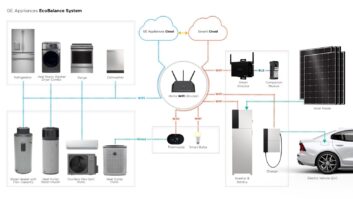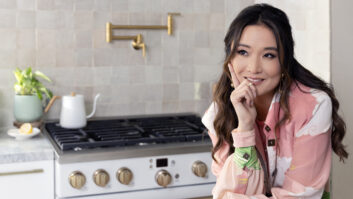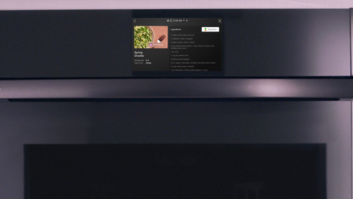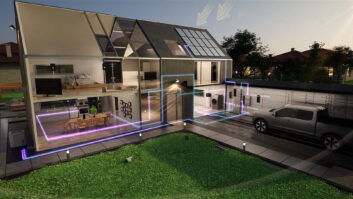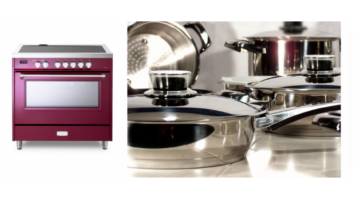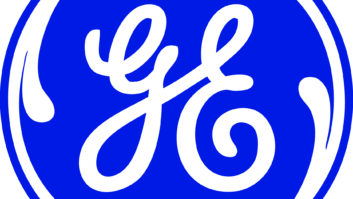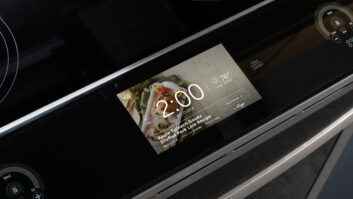Smart appliances are moving to the head of the class.
Following an extended proof-of-concept period, appliances are finally securing their place within manufacturers’ connected-home ecosystems in a major away.
At this week’s CES, look for white-goods vendors to underscore their integration efforts, albeit with an emphasis on their proprietary brand of smart-home platform.
Get this kind of CE coverage all year long — subscribe to the free TWICE eNewsletter.
For Samsung Electronics America, that means greater interoperability between its flagship Family Hub smart refrigerator and the company’s Connect Home network.
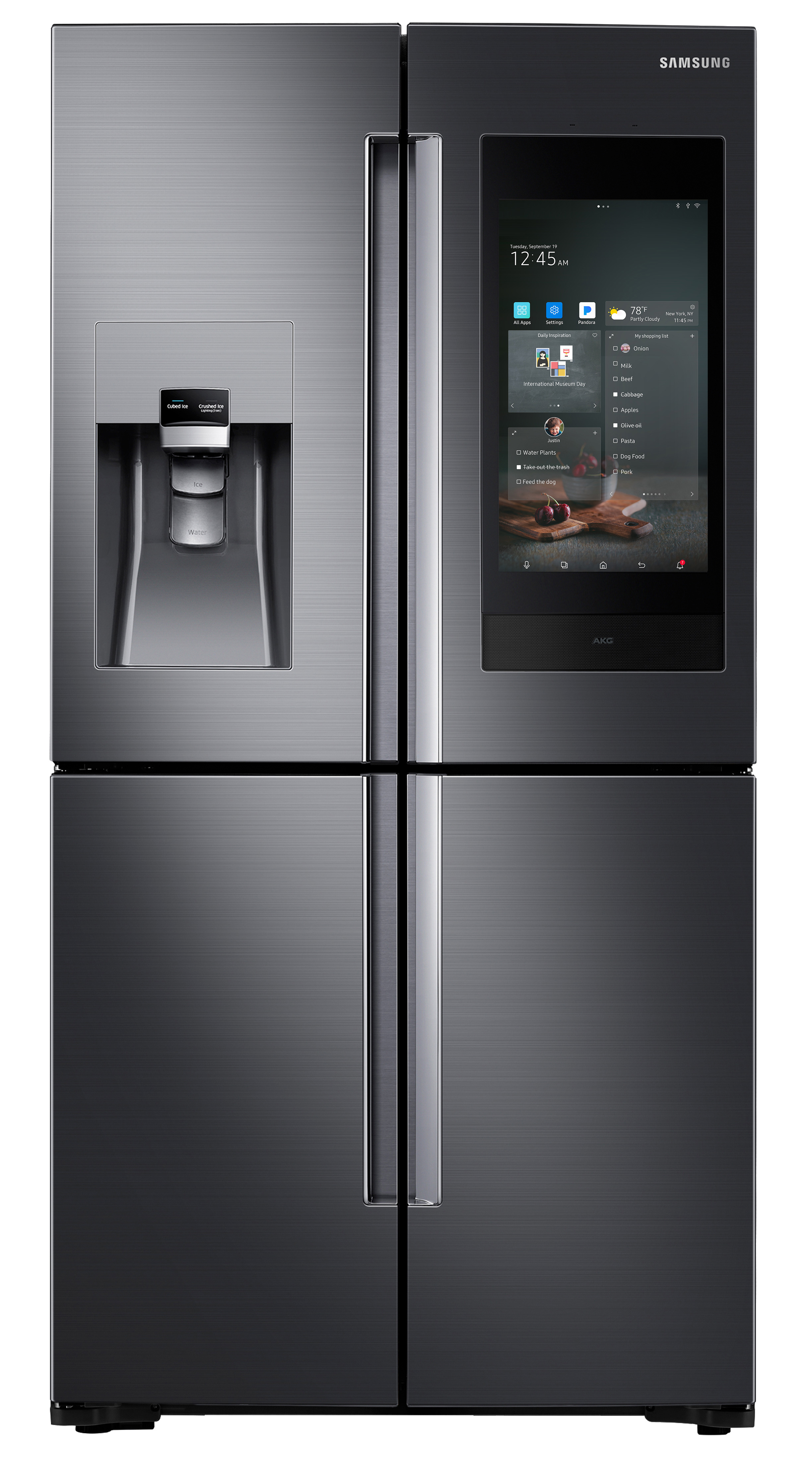
“The goal,” explained Samsung refrigerator director Claudia Santos, “is seamless integration,” which will allow consumers to readily control lighting, security, laundry, climate and other home functions from the fridge, interfacing through its 21.5-inch touchscreen or via voice command with Samsung’s onboard Bixby personal assistant.
Leveraging the open Z-Wave and ZigBee standards and Samsung’s Connect Home router, the updated Family Hub 3.0 can communicate with hundreds of smart third-party products, including ecobee thermostats, Ring doorbells, Yale locks and Arlo security cameras, as well as the vendor’s own TVs, robo-vacs and other household devices.
As Santos noted, the connected element represents a fourth feature of the Family Hub, joining its food, family and entertainment functions. But those previous components will be enhanced as well with the addition of Bixby and its AI underpinnings. According to Family Hub manager Devri Dixon, owners can use Bixby to add items to a shopping list; provide recipes based on a scan of items within the fridge; provide expiration date reminders; clip digital coupons; relay family event schedules via Gmail and Outlook calendars; and even provide a word-of-the-day trivia function for kids.
Fourteen SKUs are expected in total, Dixon said, including a four-door Flex model with a built-in AKG speaker from Samsung subsidiary Harman that includes a compartment that can be switched from refrigerator to freezer as needed.
Katie Cheng, Samsung’s home appliance marketing VP, said the fridge, as well as most of Samsung’s extended majap line, are being aimed squarely at millennials this year, which now represent the largest home-buying group and demand technology integration in their home products.
For LG Electronics USA, expect a more formalized approach to its Wi-Fi-based DeepThinQ IoT platform, which will now connect the company’s smart appliances and A/V devices not just electronically, but externally through a new ThinQ branding program.
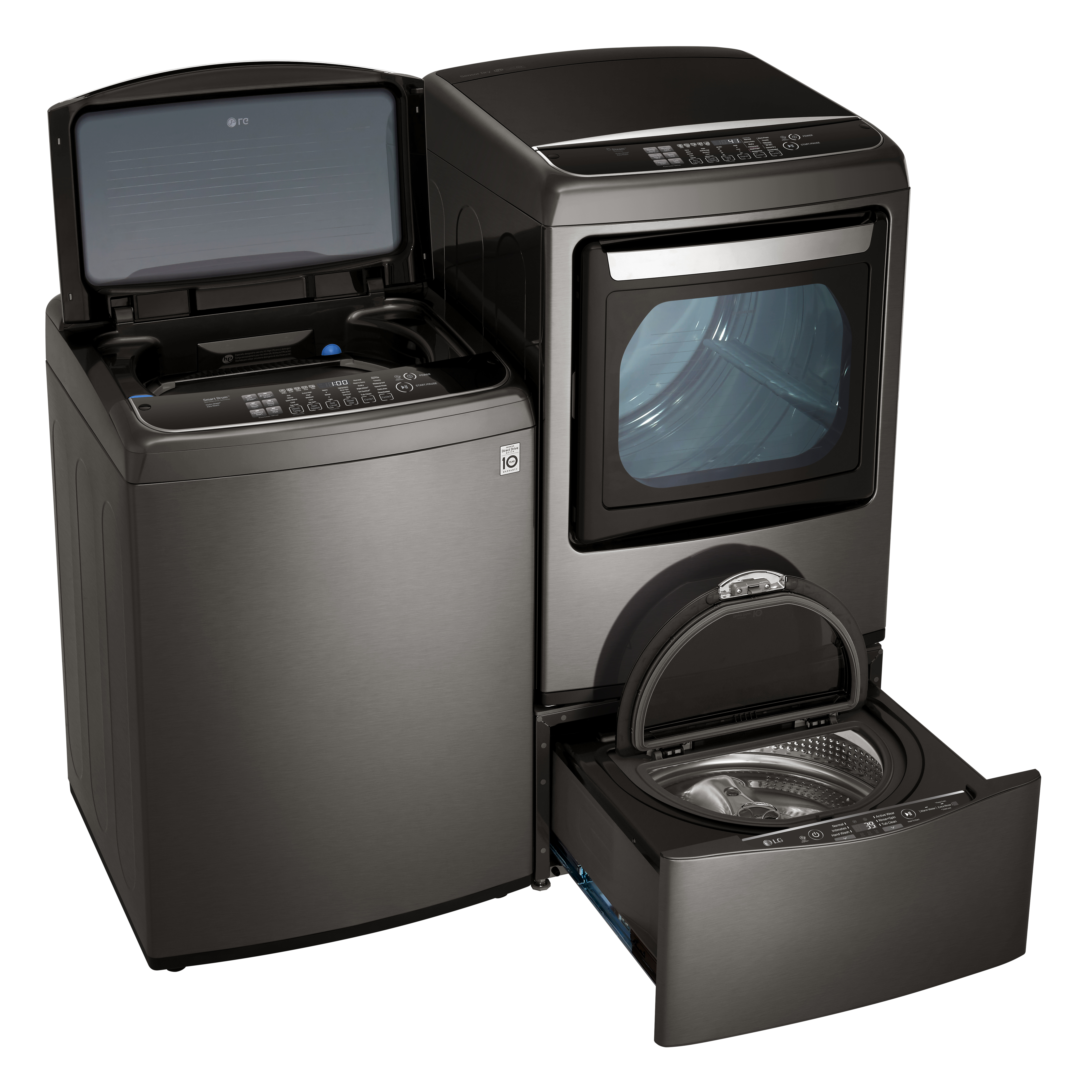
As marketing VP David VanderWaal explained, “Our new ThinQ platform for LG’s intelligent products is the latest way that LG is delivering innovations that make consumers’ lives easier and more enjoyable. LG ThinQ enables deep learning technology and connectivity across household products, delivering even greater capabilities and convenience.”
That means users can control their Wi-Fi enabled LG appliances using one app, or can bark out their orders for increased ice production or interior temperature adjustments via Google Assistant or Amazon’s Alexa, the company said.
Perhaps the boldest application of ThinQ technology can be found within LG’s new-for-2018 DualCool room air conditioner. Leveraging the platform’s AI abilities, the AC can direct greater airflow toward room occupants using spatial recognition, and can adjust the strength of the stream based on proximity. What’s more, the AC can “learn” which parts of the home require cooling at specific times of the day by analyzing the daily behavioral patterns of the residents.
The unit also features voice technology for single-phrase control, and a dual invertor compressor for higher energy efficiency and lower noise levels.
Other additions to LG’s white-goods smart family include a matte black stainless steel variant for the vendor’s InstaView refrigerator (see photo above). The line features a sleek, see-through glass panel that illuminates the interior of the refrigerator compartment with two quick knocks, and the versatile new finish with satin PrintProof surface helps hide fingerprints and smudges.
Also infused with SmartThinQ smarts is the company’s latest top-load laundry pair with an extra 1-cubic-foot SideKick pedestal washer for activewear, intimates and hand-washables. Using the connected technology, users can start and stop the washer or dryer and monitor cycles via Wi-Fi or voice.
Also making the connection is LG’s step-up Signature brand SteamClean dishwasher, which employs QuadWash technology – essentially four multi-motion spraying arms, double the norm – to clean dishes from every angle. And as its name suggests, the unit also uses blasts of steam to help remove caked-on food.
Not to be outdone, Whirlpool is making a splash at CES with its largest launch ever. Over 25 models will hit retail floors this year, all of them with plenty of smarts on board.

Aiding them on the refrigeration side is integration with Yummly, the smart-cooking “sidekick” that learns what users like and offers up personalized recipe recommendations based on personal tastes, nutritional needs and skill levels.
This year, the app will provide Whirlpool customers with guided search, ingredient search, recipe scheduling and on-demand ordering, although the company is already developing – and is demonstrating at CES – future functions like ingredient recognition and guided cooking.
Consumers will also have more ways to interface with their Whirlpool appliances, including voice command through Alexa and Google Home; learning and adaptive touchscreen panels; and app access on Apple Watch, while select product categories will be supported by Amazon Dash and Virtual Dash replenishment services.
Beyond Amazon, Google and Yummly, Whirlpool is also partnering with Honeywell, Nest and Instacart to enhance the user experience, said Ryan Craig, senior manager, Internet of Things, while home chefs will get an assist with the return of scan-to-cook technology, which sends heating instructions to ovens, ranges and microwaves by using Whirlpool’s mobile phone app to scan a food package’s barcode.
On the laundry side, the company is also infusing its new All-In-One washer and dryer with voice- and remote-control capabilities, although its most labor-saving feature is transfer-free washing and drying combined with bulk detergent dispensing to further minimize user time and involvement.




